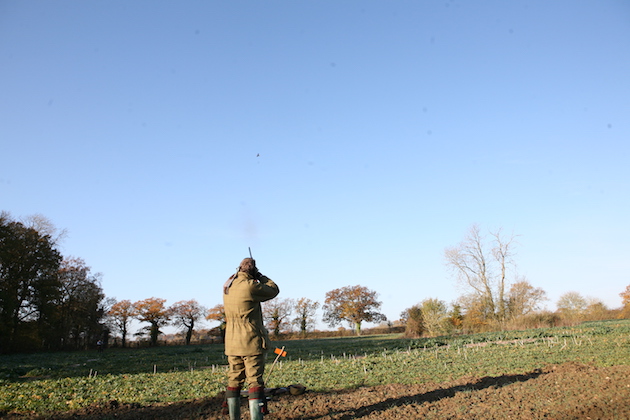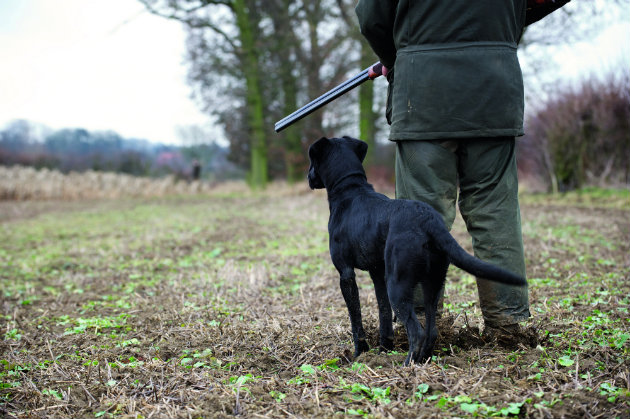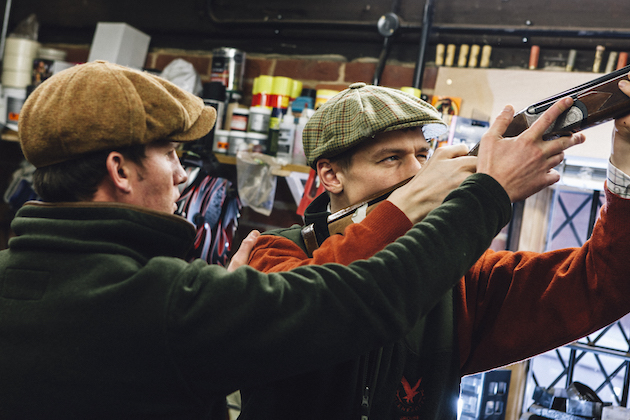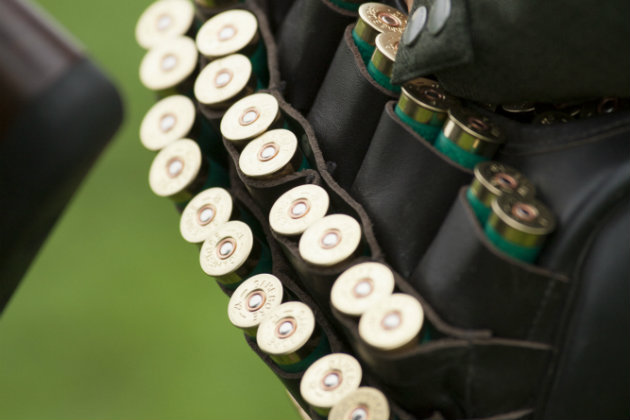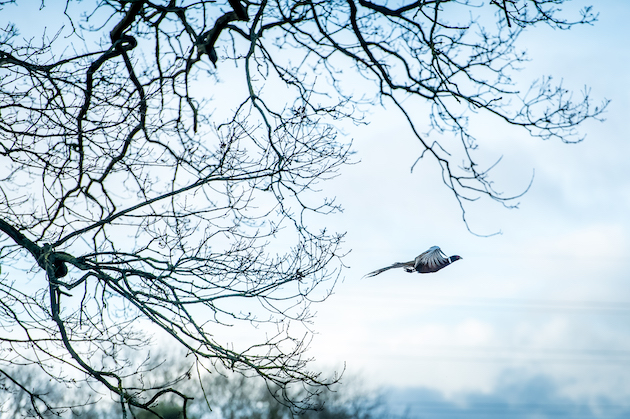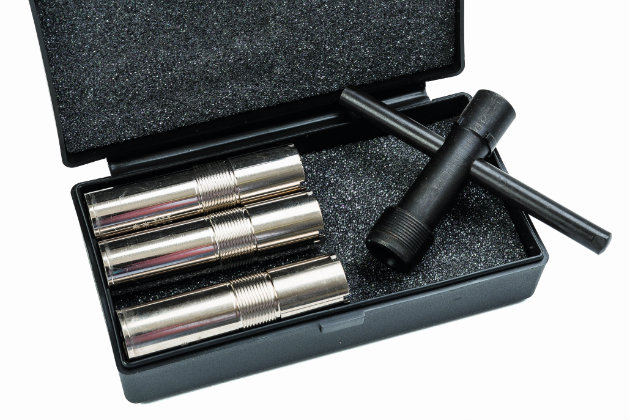Win CENS ProFlex DX5 earplugs worth £1,149 – enter here
10 shooting tips you need to know
To avoid frustration when out shooting in the field this season, follow these ten shooting tips.
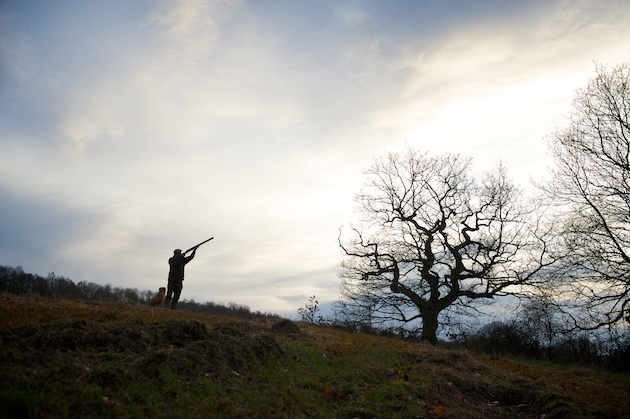 Pen Drive
Usd 2 oct 13 nws 4
Usd SG june 14 frost
Usd 8 jan 20 jan sport
Pen Drive
Usd 2 oct 13 nws 4
Usd SG june 14 frost
Usd 8 jan 20 jan sport
At the start of the shooting season it’s well worth taking some time to think through your technique and how you would like it to improve with the coming months.
To help you along I’ve come up with 10 classic shooting tips that every Gun will benefit from reading.
1. Keep your eyes on the bird
It sounds basic but this is probably top of the shooting tips. Focus on the bird’s head or beak and keep your eyes locked there throughout the shot.
Visualising something is a skill that you’ll have to learn – we don’t naturally keep our focus locked on a moving object. Most of us tend to bring our focus back to the barrel because you have a natural urge to line everything up before pulling the trigger.
But it is hopeless for good shooting. You have to think about the bird. The bird. And again the bird.
2. Keep moving your gun
Don’t stop your gun (many shooters do). If you don’t keep your eyes fixed on the bird (see tip 1 above) and you stop the gun, then bringing the weight back and lifting the head are likely to be the negative results.
Focus on keeping your head down, your weight over your front foot and your eyes on the bird. This will all make it easier to keep the gun moving on every shot. Don’t finish the shot too early, don’t take your head off the gun too early and follow through on every shot.
3. Timing is everything
Are you a poker or a slasher? Many gameshooters poke at birds and others slash at them. Both look awful.
You need to try to be rhythmic. Count one, two, three on every shot. Do this and you’ll be in smooth control of every shot with no need to rush.
4. Move those feet
Don’t act as if your feet are set in concrete. You’ll run out of swing and create tension – which is the enemy of good shooting.
If I am standing on my peg and see a bird going right or left of centre, I take a small step into the line of the bird … just a few inches. The front foot moves first, the rear foot rotates naturally round on its ball. Small steps and footwork are the key to success.
5. Practice your gun mount
Practice your gun mount and then combine it with the swing. If you find this difficult, try the Churchill technique where the butt begins under the armpit and you are forced to push the gun out to complete the mount. Your front hand should lead the process – don’t position it too far forward as that will restrict its effectiveness as a lifting lever. You’ll also find it harder to swing the barrels on line.
6. Think about eye dominance and gun fit
Go for checks from time to time at a professional shooting ground to test for eye dominance – you should also visit an optician too to make sure your focus is effective.
Many shooters in middle age develop eye dominance issues unknowingly. If you are in your 40s and 50s these can creep up on you and you may need a change of gun fit, typically a bit more cast.
The ideal is to use both eyes – because binocular vision makes the judgement of speed, range and angle much easier. Realistically though some will never be able to shoot effectively with both eyes open.
7. Ensure your chokes and cartridges inspire confidence
Make sure you are using a cartridge that you’re confident about. A 28-32gram does it well enough in a 12-bore in most circumstances. Go to 34 and consider 4 shot in very testing situations on high birds.
In a 20-bore, I stick to 28gram for just about every thing, and in a 28-bore, to 25 or 28gram. The latter is quite a lot of shot to stuff through a small bore, but I have found it to be effective.
On the subject of chokes, most game guns are still over choked in their first barrel. I favour a very open first barrel for normal driven work – improved cylinder will do nicely. But, I will change to three-quarters and three-quarters (my normal second barrel) for high birds.
8. Consider line and lead
Errors of lead cause many birds to be missed. Usually this is behind because the bird is misread or the Gun stops due to poor technique. Although many birds are missed in front too, usually closer range birds.
Errors of line include failing to get up onto the line of the bird – a problem exacerbated by an over-extended front hand.
Avoid shooting off line because the barrels are canted relative to the line of the bird during the swing.
As one of my shooting tips I now teach a deliberate twisting of the barrels in some circumstances to make sure the barrels stay on line: Usually the muzzles of side-by-side barrels should be parallel or nearly parallel to the line of the bird and over-and-unders perpendicular or nearly perpendicular to it. The exception is a truly straight incomer.
Common errors for a right-hander facing a driven bird slightly right of centre are to arch the back excessively, bring the weight back, and to let the face come away from the stock. The barrels cant relative to the line and the shot goes left.
Avoid this by gently twisting the gun anti-clockwise into the face as you take the shot.
More shooting tips
9. Focus on the moment
When you’re shooting forget about your gun, cartridges and choke.
Maintain your focus on the bird and nothing else except safety.
If you watch people, hesitation is frequently evident during the swing, the weight tends to come back, the head lifts and the eyes come off the bird. This is a really bad habit and may be a hard one to break in those people who try and rely entirely on their rationale process to shoot, ignoring the potential of natural hand-to-eye co-ordination.
Once you are committed to shoot though there should be nothing else in your head other than keeping your eyes on the bird and keeping your gun moving.
10. Stay safe
Discipline and control make you a better marksman and they will also make you a safer shot. Safety should never be forgotten. It’s one of the key shooting tips.
Don’t shoot low birds. Never point a gun at something you do not wish to kill. Always check that a gun is unloaded and unobstructed when you pick it up, or pass it to someone else.
I have seen several guns that have been blown up due to obstructions. Make sure you can see daylight through the barrels before inserting the cartridges.
If your gun has multi-chokes, make sure they are tightly screwed in. If there is any doubt in your mind, then stop.
Related Articles
Get the latest news delivered direct to your door
Subscribe to Shooting Times & Country
Discover the ultimate companion for field sports enthusiasts with Shooting Times & Country Magazine, the UK’s leading weekly publication that has been at the forefront of shooting culture since 1882. Subscribers gain access to expert tips, comprehensive gear reviews, seasonal advice and a vibrant community of like-minded shooters.
Save on shop price when you subscribe with weekly issues featuring in-depth articles on gundog training, exclusive member offers and access to the digital back issue library. A Shooting Times & Country subscription is more than a magazine, don’t just read about the countryside; immerse yourself in its most authoritative and engaging publication.






